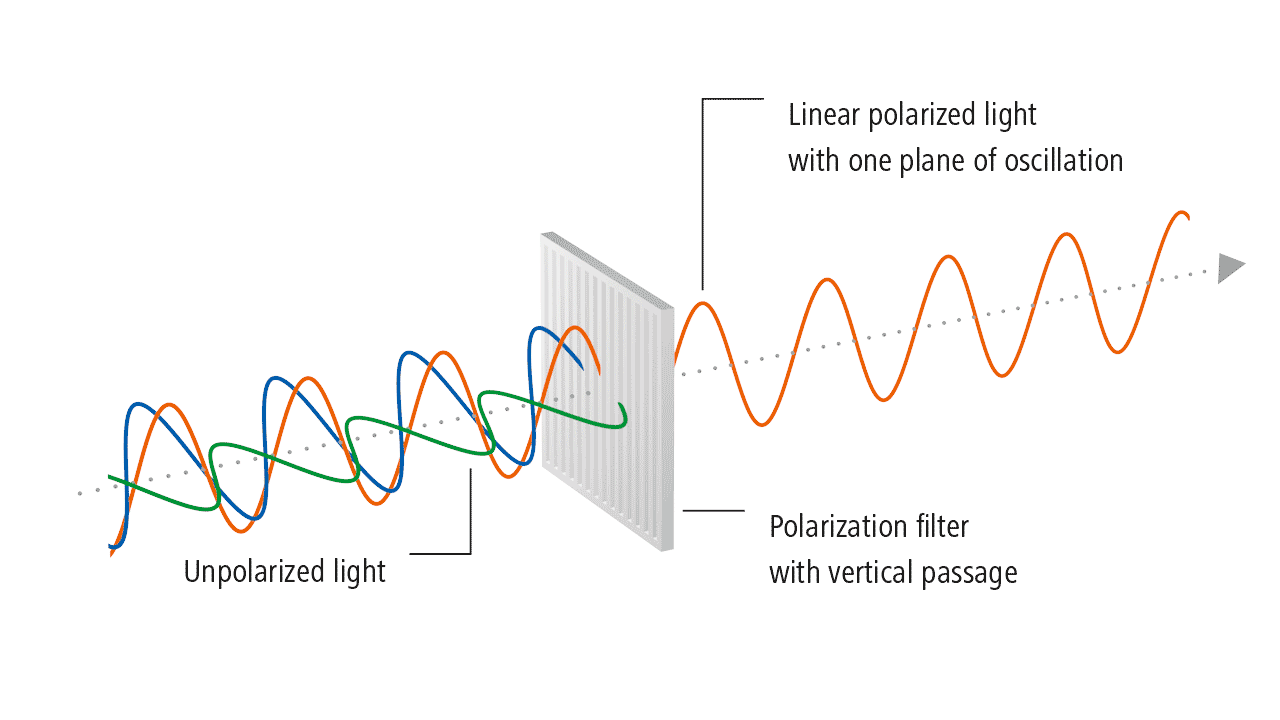The polarization term helps us to understand those properties of waves that explain the orientation of the oscillations. For transverse waves such as many electromagnetic waves, it describes the orientation of the oscillations in a plane perpendicular to the direction of travel of the wave. When the oscillations are oriented in a single direction, then it is known as linear polarization, or when there is a rotation in the direction of the oscillation as wave travels then it is known as elliptical or circular polarization. Circularly polarized waves can rotate left or right in the direction of travel, and which one of those two rotations is present in a wave is called the chirality of the wave.

Keeping track of the orientation of the electric field as the electromagnetic wave travels is one of the most typical ways to consider polarization. The vector of the electric field of a plane wave can be arbitrarily categorized into two perpendicular components marked as x and y (z indicating the direction of travel). The figure inscribed in the x-y plane by the electric field vector is a Lissajous figure used to describe the polarization state. Optics manufacturer usually manufactures optics through polarizing beam splitters and optical polarizer.
Mediums that have different refractive indexes for different polarization modes are known as birefringent. In the birefringent medium if the path length is enough, then because of the refraction the plane waves will exit from the material with a significantly different direction of propagation. For example, this same phenomenon happens when we see anything from the calcite in which the macroscopic crystals of calcite shows two offsets to the viewer in which the images are orthogonally polarised when the view views from it. In 1669, it was Erasmus Bartholinus who first observed this effect and came out with the discovery of Polarization. Furthermore, the phase shift, and thus the change in polarization state, is usually frequency dependent, which, in combination with dualism, often gives rise to bright colors and rainbow-like effects.
The use of polarization technique is also used in the mineral industry which is used to identify the minerals with the help of polarization microscopes. Furthermore, when the plastics which are not birefringent become birefringent after mechanical stress is applied to them. Non-dichotomous methods for rotating the linear polarization of light beams include the use of prismatic polarization rotators that use total internal reflection in a prism set designed for efficient collinear transmission.